When we first loaded up the seminal The Legend of Zelda: Breath of the Wild, we were greeted with a wide-open area called the Great Plateau, where Link could explore to his heart’s content, learn about the state of the world, then hop off and begin his great adventure throughout Hyrule. The same thing happens in massively anticipated sequel Tears of the Kingdom, albeit after a short scripted story sequence that results in Link awakening on the Great Sky Island, the tutorial area of this game. The major difference here is that, while the Great Plateau instilled in me a sense of wonder, exploration, freedom, and excitement for the game I was about to play, I found the Great Sky Island to be long, tedious, obtuse, and generally leaving an unfavorable first impression.
Before I go any further, I do want to say that since I left the Great Sky Island, I’ve been enjoying my time with the game. Like its predecessor, it’s a slow burn, and part of what made Breath of the Wild so fun and exciting is here, like discovering shrines, tackling their puzzles, and going wherever I want to go. A game can still be great even after a bad first impression — just take a look at Kingdom Hearts II and Metal Gear Solid V — but that was only after taking a long time for the game to win me back thanks to their combat systems, stories, and soundtracks. Sadly, I’m not quite there yet with Tears of the Kingdom.
The premise of the Great Plateau and the Great Sky Island are the same: You travel to four different shrines scattered around the area, with each shrine basically giving you a new ability. You then practice that ability inside of the shrine, learn some of the basic mechanics of it, maybe do a little bit of experimenting with it, then leave the shrine and use those new abilities to interact with the world. If they’re both the same conceptually, then what’s the difference? I can classify my problems with the tutorial of Tears of the Kingdom into two general camps, the abilities themselves and the illusion of freedom you’re given.
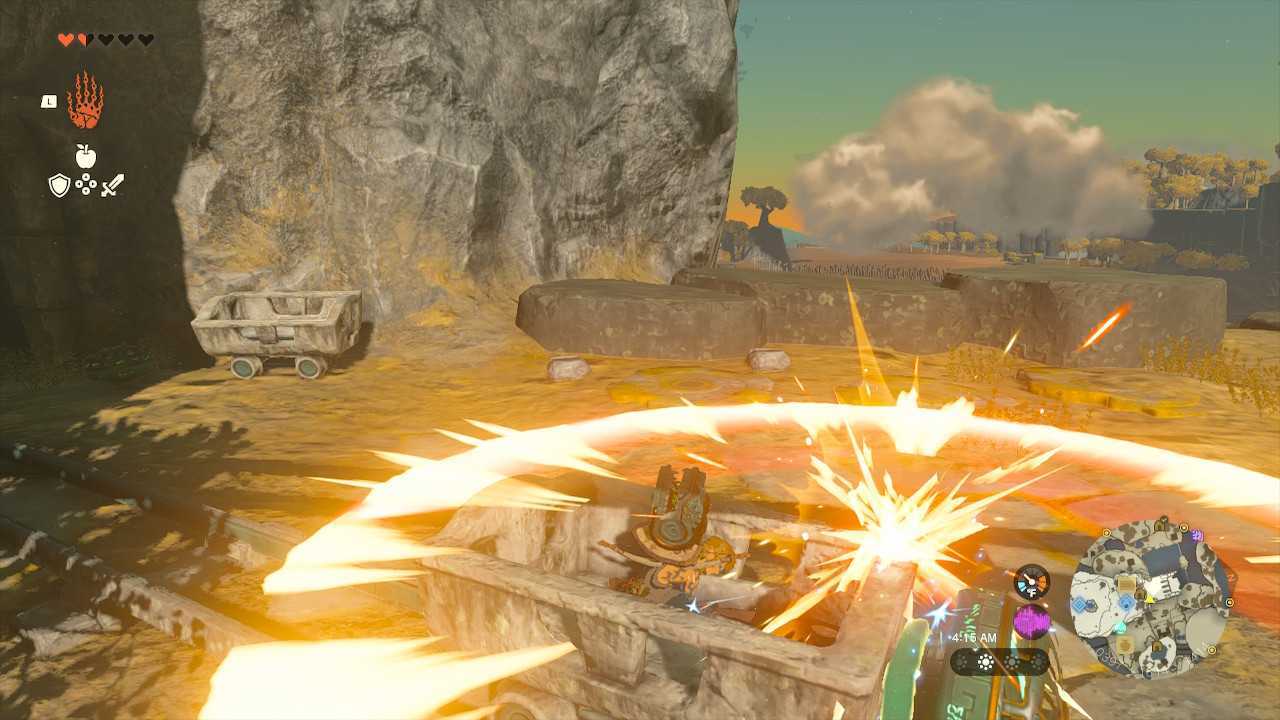
By the end of the Great Sky Island, you have access to four abilities. You get Ultrahand, which allows you to connect objects together; Fuse, which will fuse weapons together with items / materials; Ascend, which will allow you to jump up through surfaces and emerge on the other side; and Recall, which can reverse the flow of time. Two of these abilities, Ascend and Recall, are easy to explain, and the shrines surrounding them do a pretty efficient job of showing the player how they work. Ultrahand and Fuse, however, come across as clunky and poorly explained to the point where I didn’t know how certain mechanics worked with those abilities.
Ultrahand has a ton of complexity presented to you right off the bat, telling you that as long as you have objects, you can connect them together to make whatever contraptions you want. The problem is that getting those objects to stick together is a laborious and clunky task. If you want to rotate any object, you need to rotate the objects with the directional pad, which isn’t as precise as it needs to be. You need precision for making these objects because if even one of these materials is in the wrong place, your final object may not properly function, and you’ll have to clunkily take your creation apart and troubleshoot. Some may find this captivating, but I think it wastes my time. And to be clear, the complexity is not inherently the issue; how the game chooses to introduce it is.
Fuse isn’t much better when it comes to explaining how it works. Fusing and creating weapons is a solid concept, but the game doesn’t fully explain how certain elements of it work. The game will explain how to fuse rocks onto your sword to make hammers, but it will only say in a blink-and-you’ll-miss-it moment how to fuse items to arrows. Even then, the game also doesn’t tell you that you can’t fuse objects in the menu; it can only be done in-game.
As a tutorial, the Great Sky Island drops the ball in making sure that information is clearly conveyed to the player. And those same areas of weakness also apply to Zonai cores, capsules, and charges that are presented in the tutorial as being important mechanics, but they have nothing meaningful done with them in the tutorial.
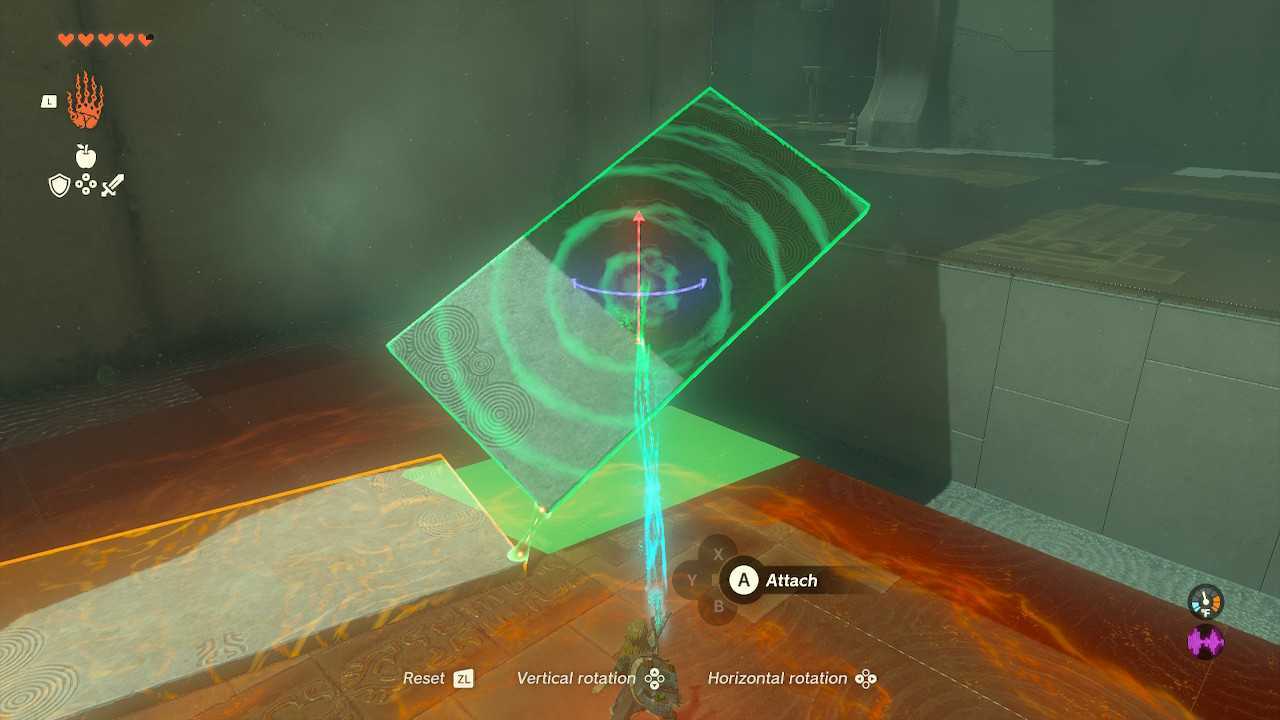
This is at odds with how Breath of the Wild handled the abilities it presented in its tutorial. The four abilities you were given were simple ones. You could create bombs, create platforms on water, control metal objects, and freeze objects in place. Outside of Stasis, these were all easy to understand and presented tons of possibilities with how you could experiment with them. They likewise had several hidden complexities that could allow you to do some incredibly impressive stunts. Tears of the Kingdom has a lot of potential but only in so much as what the game and the environment give you. Whenever the game threw a bunch of materials on the ground and expected me to create some contraption to solve a problem, I groaned because the puzzle presented was more trial and error that halted all of my progress and ruined the pacing.
Speaking of, the Great Plateau was an area that allowed you to go at your own pace and explore around. You could tackle the four shrines in any order you want. You could go to a shrine, get its ability, then experiment with it on the plateau and play around with it before moving on to the next shrine. You never felt like you were on a path that forced you to hit certain set pieces in a certain way. I saw that as instilling a sense of freedom and discovery within the player, but I’m sure that also created a sense of confusion and aimlessness in others, causing them to drop the game.
Probably in response to that, Tears of the Kingdom’s tutorial feels more structured. The game tells you which shrine to go to first, presents a path that is a straight shot to the second and third shrines, and won’t even make the fourth shrine available until you’ve gotten all three prior abilities. You are forced to take a path around the island that will send you to exactly where you need to be and limits that sense of exploration. There is still that wonder of being in a strange new environment, but when I’m forced to go down a rail that makes it impossible to return to the area I came from, I don’t see a starting area that can be tackled however I see fit. I see a starting area that has the illusion of freedom but, in reality, only has one general path to completion, with some slight variation.
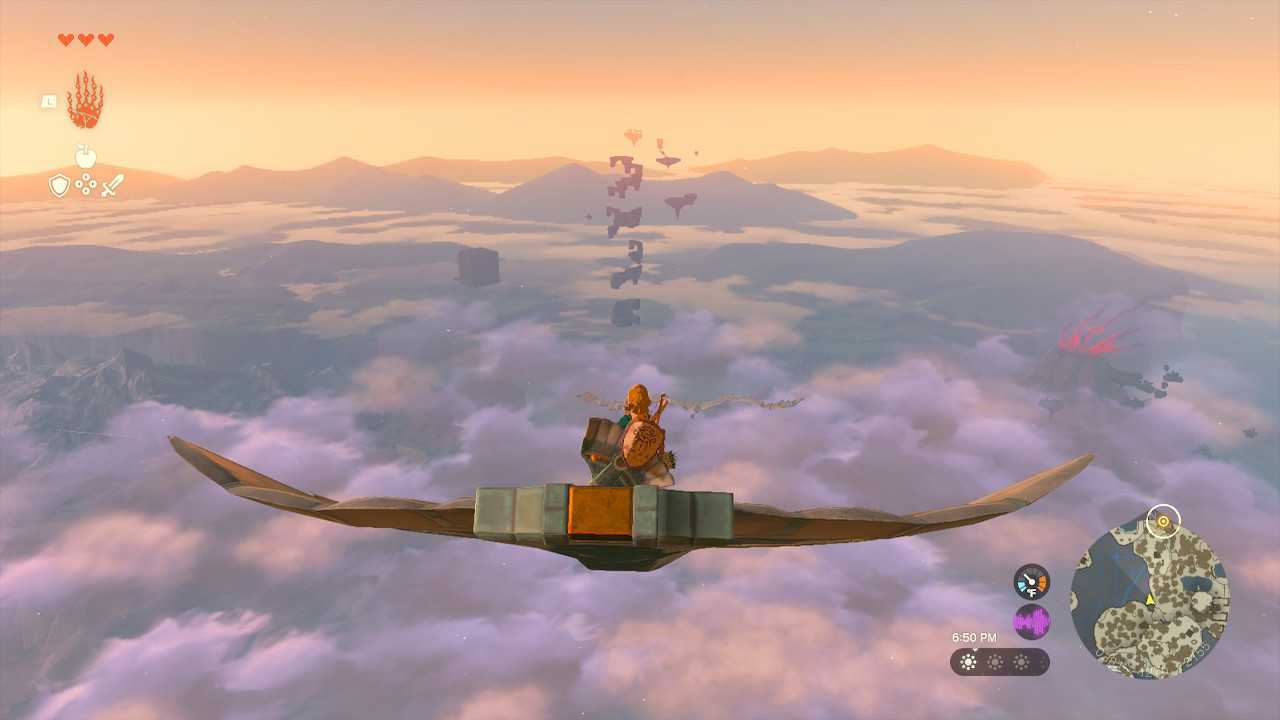
Yes, there’s something to be said about creating a tutorial in Tears of the Kingdom that provides clearer guidance and direction towards players, but there’s a difference between those things and steering players exactly where the game wants them to go. I felt like I was on a guided tour of the Great Sky Island, not on an adventure to save the world.
Without the larger context of what’s happening, it makes the tutorial seem like it’s padding things out. In the Great Plateau, there’s a sense of mystery as you’re trying to piece together what happened to Hyrule in your absence before the conclusion reveals the answers and sets the stakes for your adventure. Here, even by the end of the tutorial, it isn’t clear what exactly is happening, and you don’t feel like you learned anything meaningful about the state of the world and what’s happening inside of it. In that respect, the much-maligned intro to Twilight Princess actually handles this better since, by the time that tutorial is done, the mechanics have been taught to you, some themes and ideas have been presented, and you have a clear goal and direction as to what you are doing.
I’m tempted to say that, at least in comparison to every other Zelda game, the opening of Tears of the Kingdom may be one of the worst in the franchise. Granted, a bad Zelda intro still beats any other mildly competent intro in any other game, but for a game that was as hyped to heaven as Tears of the Kingdom, getting off to a bad start really can bring down the mood, especially when Breath of the Wild did its intro masterfully. By the time I finished attaching yet another fan to a cart to move it for the umpteenth time, I couldn’t wait to leave the Great Sky Island and never return.

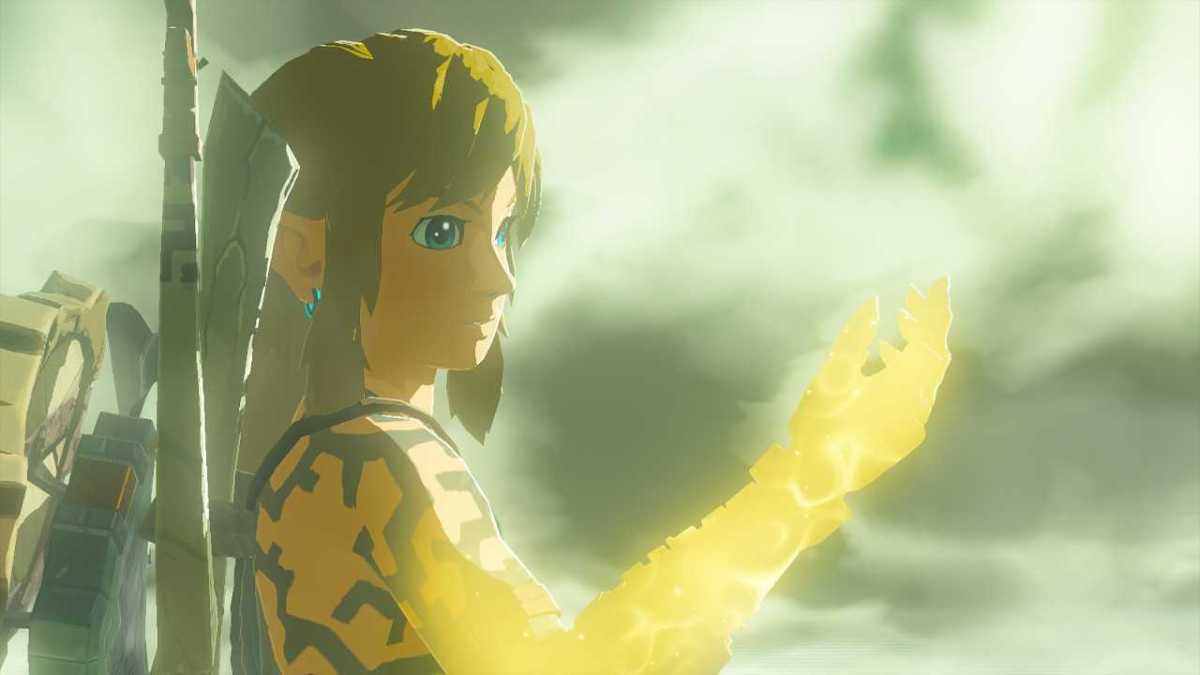
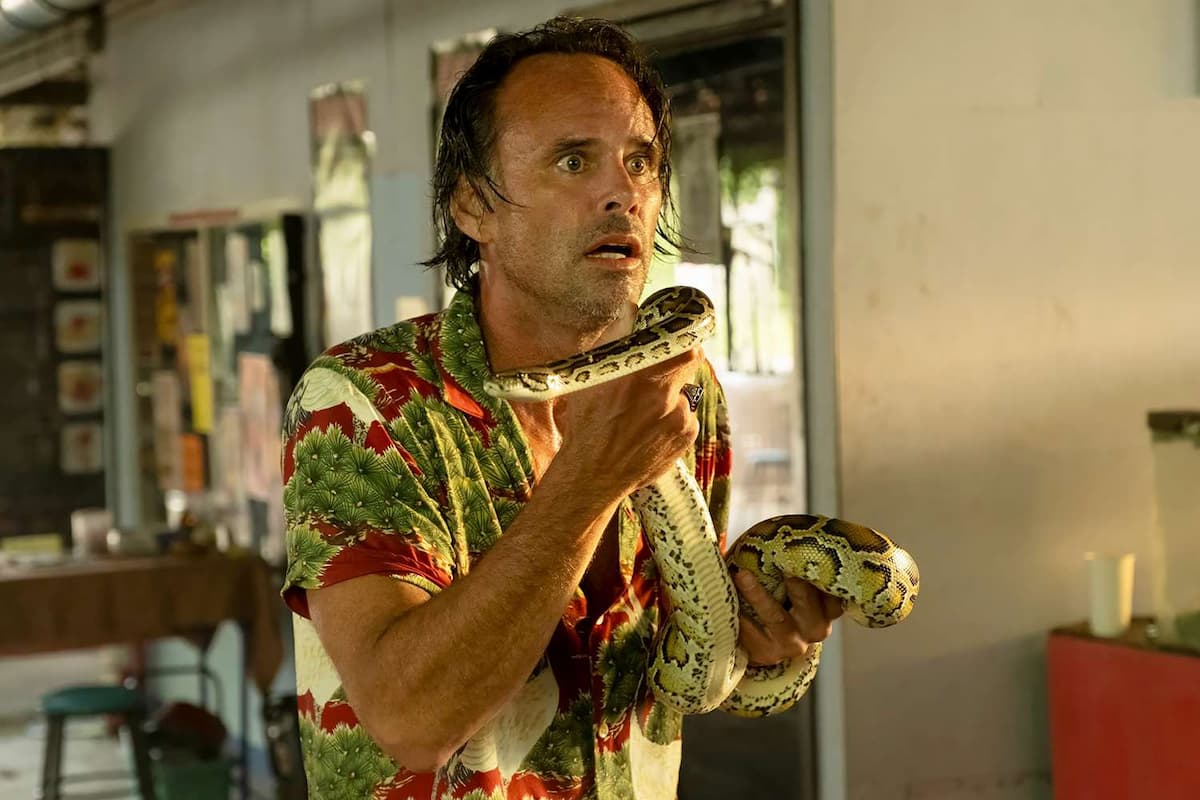

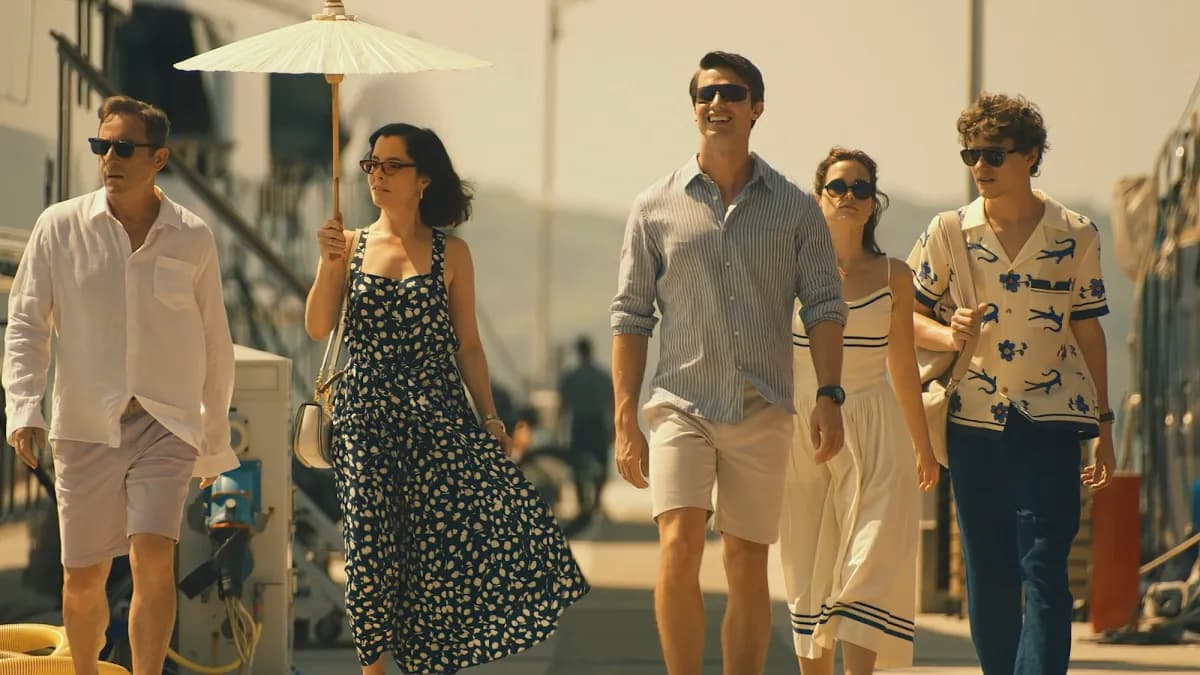
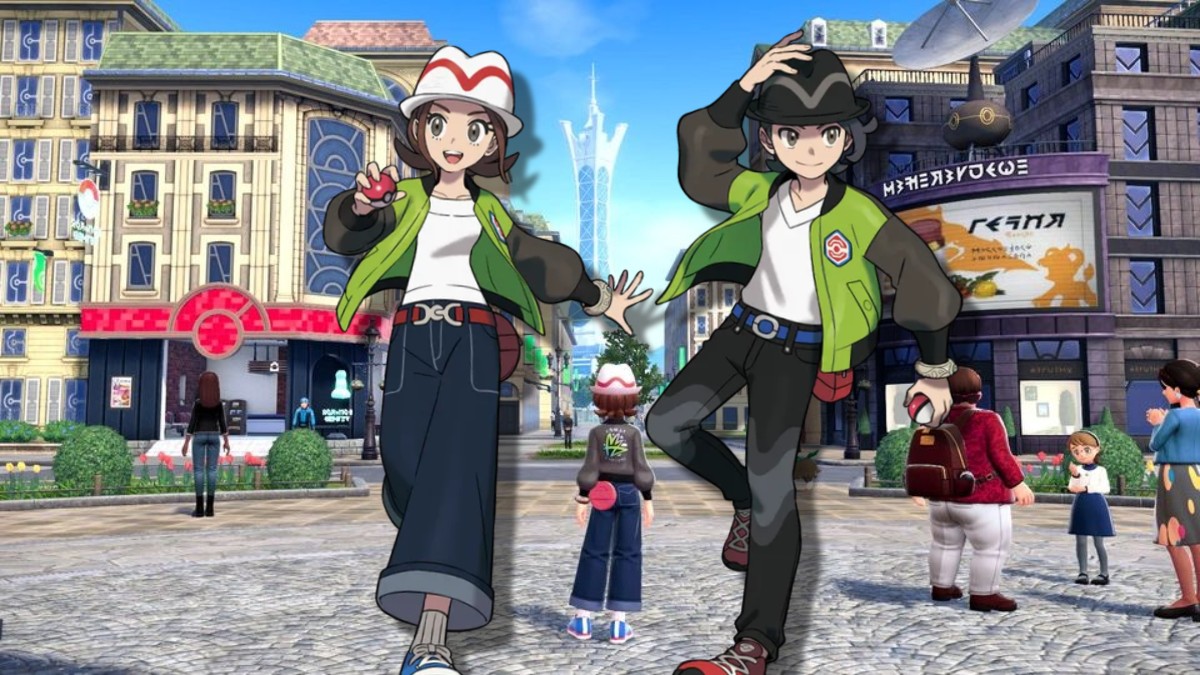
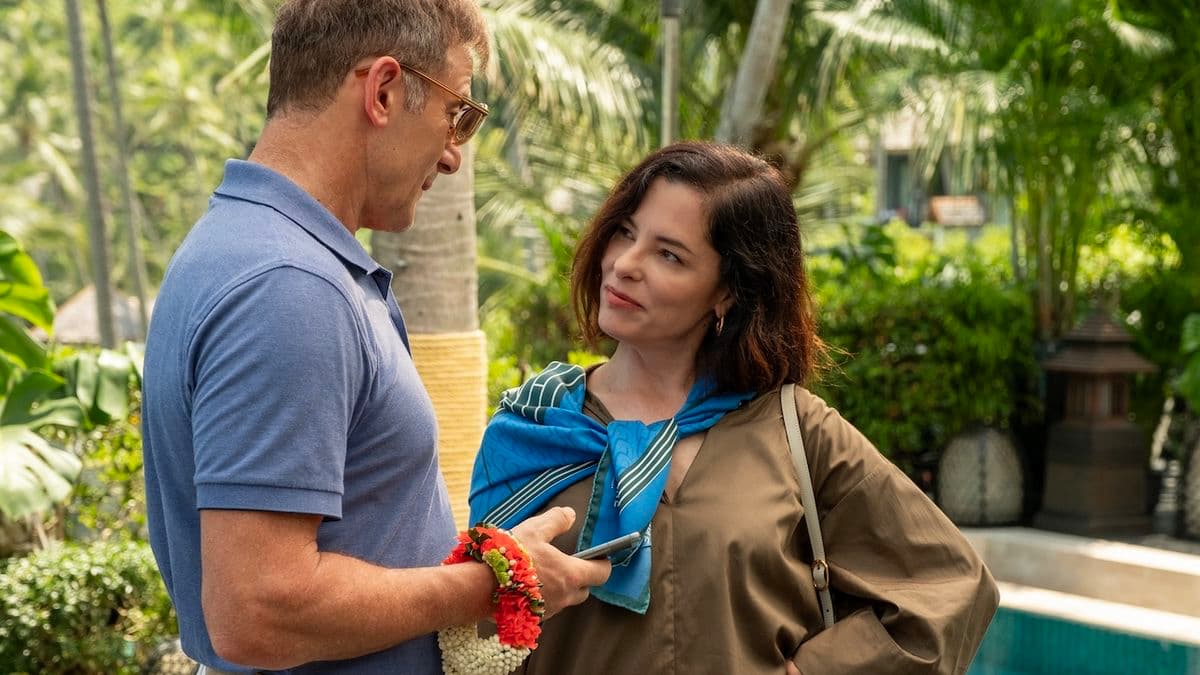
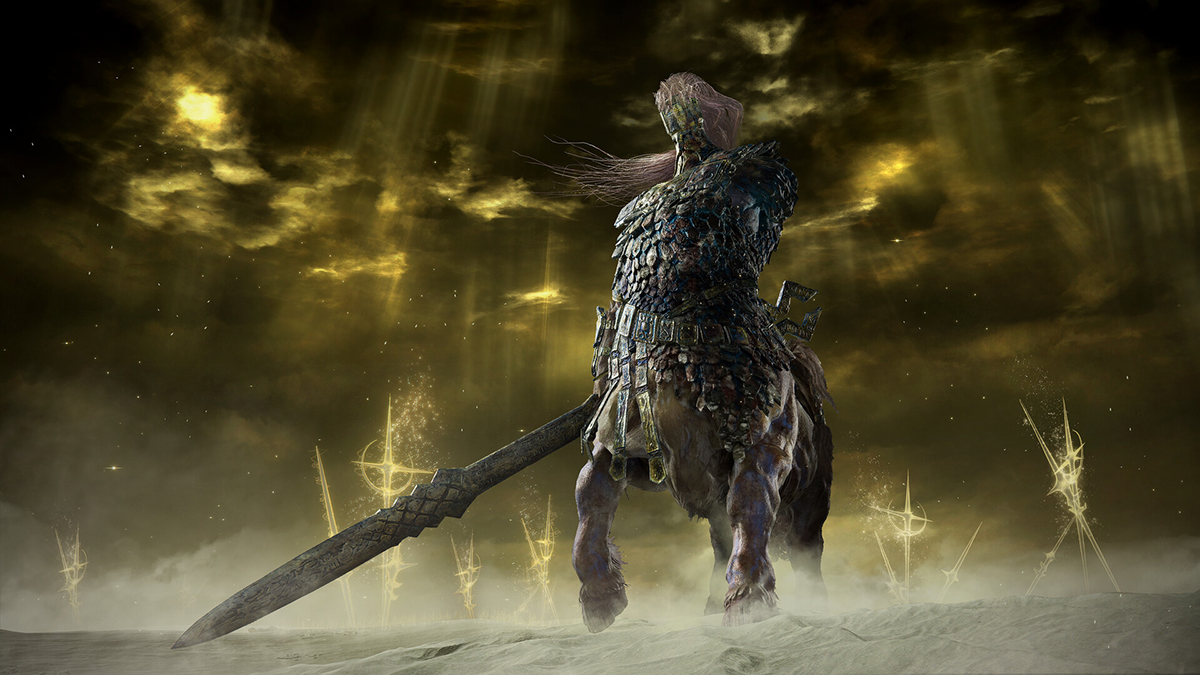





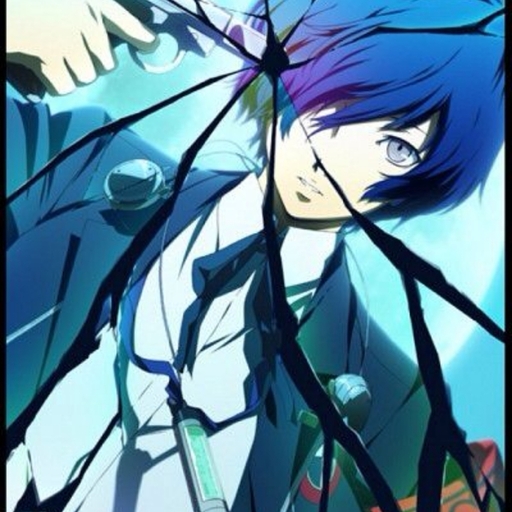
Published: May 14, 2023 8:12 PM UTC